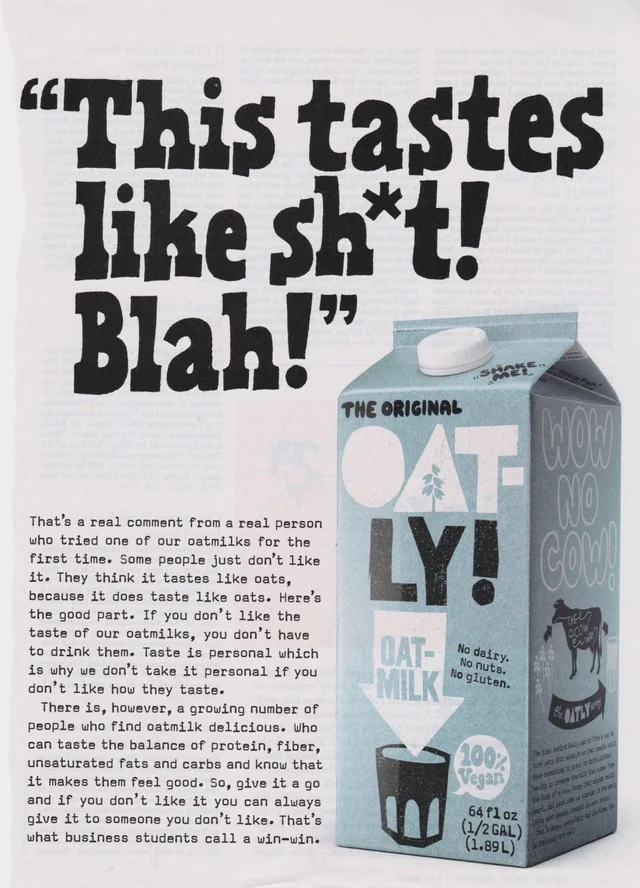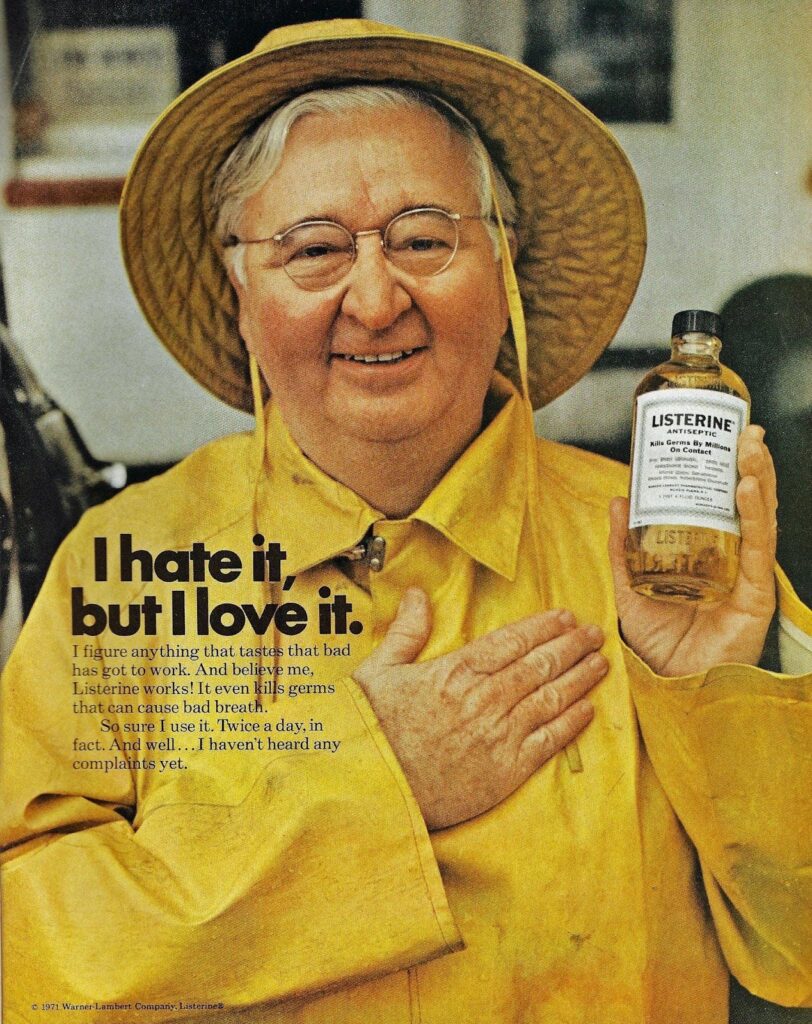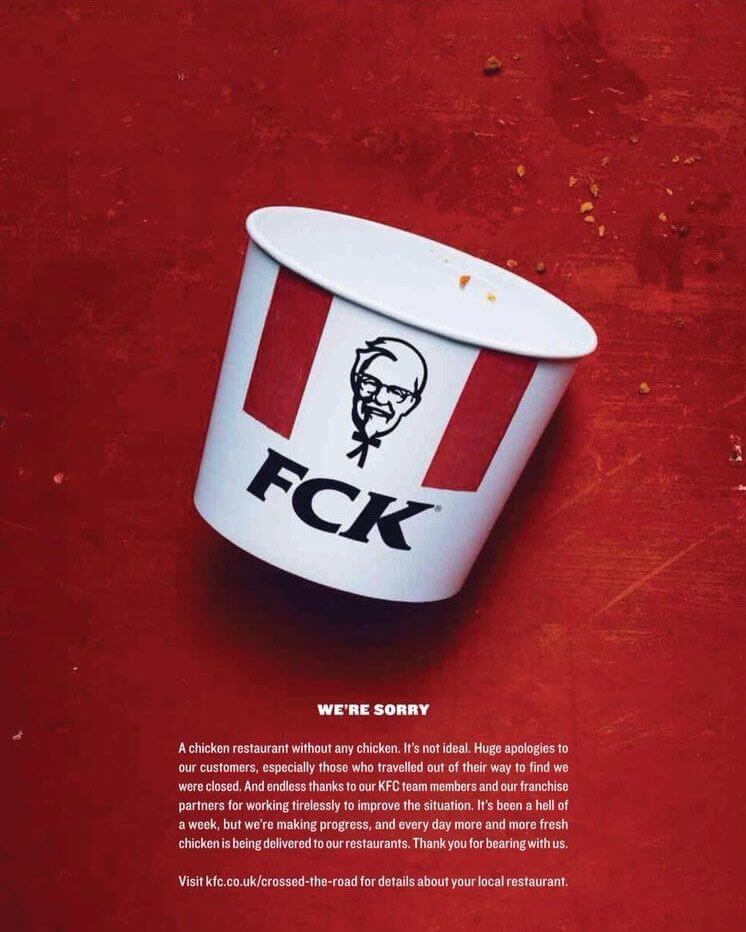Fail fast, learn fast…Wir sind alle nur Menschen… Les erreurs sont la preuve que tu essaies...
Has it ever happened to you that when a character in a film got into an embarrassing situation, you just couldn’t look at him/her and you just had to close your eyes? And have you noticed that you found the character even more sympathetic afterwards? Have you ever felt like hugging a speaker or performer who only realised after 5 minutes that his microphone was off, on stage? Or do you think you’d get on really well with the lawyer in the famous cat filter video?
If any of these situations sound familiar, you have most likely been “a victim” of the pratfall effect. This much-researched psychological phenomenon was quickly discovered by the marketing world and successfully integrated into memorable marketing communication campaigns. I have collected a few examples of these, but before we get into the nitty-gritty, let’s take a closer look at the background of the pratfall effects.
How it all started

According to researchers of the pratfall effect, competent people appear more attractive and sympathetic after they make a mistake, compared to average or underperforming individuals. So our likeability is enhanced when we are imperfect. However, this effect is only true for people who generally perform well, i.e. if a highly competent person makes a mistake, people will like them even more. However, if someone who is perceived as clumsy or incompetent makes a mistake, the reaction is negative. On the other hand, people who appear to be super competent are threatening to us, we will not feel comfortable around them, sometimes they may even make us feel degraded.
The theory was originally proposed by Elliot Aronson, an American psychologist whose main research area is cognitive dissonance. Aronson and his team carried out experiments in the 1960s to support their theory that a majority of people find those who sometimes make minor mistakes more sympathetic than those who appear to be flawless.
In the experiment, Aronson divided his students into two groups and showed them a recording. One group was shown a man (who was an actor, but the students didn’t know this) answering a series of quiz questions, with 92% accuracy. The other group was shown the same video, but in their case the scene continued: After the man had finished answering the questions, he accidentally spilled coffee on himself (that’s the pratfall). After watching the video, both groups were asked how likeable they found the man. The answers showed that the students who had seen the man make the mistake found him more likeable than those who had only seen the beginning of the video.
In Aronson’s words:
The pratfall made the contestant more appealing as it increases his approachability and makes him seem less austere, more human.
What does it have to do with brands and commercials?
When it comes to advertising and campaigns, most companies are always trying to innovate, to show something the world has never seen before, to surprise, to make people laugh, to make them cry, to provoke emotions. So for a phenomenon so strongly based on emotions, it is not surprising that the world of marketing and sales has quickly discovered the pratfall effect. And then, of course, we ask ourselves: how can a brand benefit from this in real life? Which brand wants to highlight the flaws of its product or service? Or, to turn it around: who would like to see their favourite product not being perfect?

This doesn’t mean that producers or companies will show in a 30-second TV spot how much their product is flawed, how slow their delivery is, or how rude their customer service is. A campaign based on the pratfall effect is much more complex, it requires courage and a great deal of professionalism, both from the marketing department of client and from the agency that is responsible for the campaign. Every detail needs to be thought through much more carefully than for a conventional promotion campaign. Otherwise, the creative idea, which might have been intended to be a charmingly clumsy one, can easily go wrong and the PR department’s nightmare can suddenly turn into reality.
Therefore, the goal is not self-destruction or to belittle our product, but rather to show and even emphasise the human side of it, and what could be more human than mistakes? Perfection is not everything, and to put this at the heart of a campaign is not only surprising but also very honest. And let’s face it, it’s something that many of us are missing in today’s corporate world. The pratfall effect is a great trick to get a company closer to its customers, to show that behind their logo real people are working, and as such, they sometimes make mistakes, learn from their mistakes and thus potentially deliver an even better customer experience. If a brand can tackle this challenge well, the result is that customers will be emotionally more attached to the company, and low prices, fast delivery, and other material factors may become less important.
If you’re still not convinced, and now imagine all marketers and communicators are even more vicious, check out my favourite campaigns that play on the pratfall effect, and try not to smile.
Reassuringly Expensive, Stella Artois, UK, 1982-2007.
Keeping our passengers safe in the air, Ryanair, 2007
FCK KFC, KFC, UK and Ireland, 2018
Some out-of-home, online and social media examples, Volkswagen, Listerine, Oatly and Heinz.
+1 Video in which a professor from Yale gives a very entertaining and slightly more detailed explanation of the pratfall effect.
You did smile at least once, didn’t you? Or at least you were like yes, that’s true, that’s very true 😉 I hope you enjoyed my article, and Let me know if you have an example that I didn’t mention, or if you want to know more about my examples. or you just have a question about the belly flop effect, feel free to email or message me via Instagram (and while you’re there, follow me, like me, I just spilled a cup of coffee on myself 😀 )
Sources, refrences:
https://einsteinmarketer.ams3.digitaloceanspaces.com/em/uploads/2020/11/c018d89b94c8df7b9d26bfc44f8bca2f01-23-kfc-fck-uk-ad.rvertical.w1200.jpg
https://www.brescia.edu/2017/06/pratfall-effect/
https://www.brandingstrategyinsider.com/brand-relevance-the-strategy-behind-mcdonalds-im-lovin-it/
https://www.managetrainlearn.com/masterclass/view/the-pratfall-effect/#:~:text=The%20Pratfall%20Effect%20is%20a,%22falling%20on%20your%20behind%22.
https://www.psychologicalscience.org/news/why-admitting-a-weakness-makes-people-like-you-more.html










